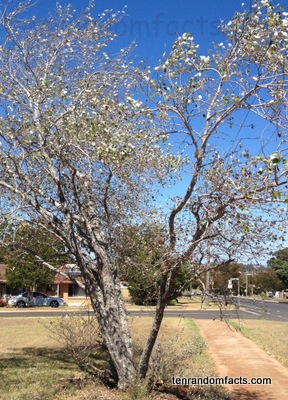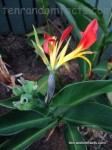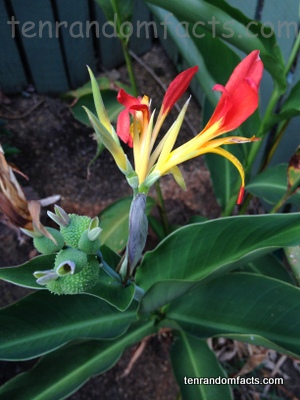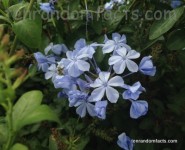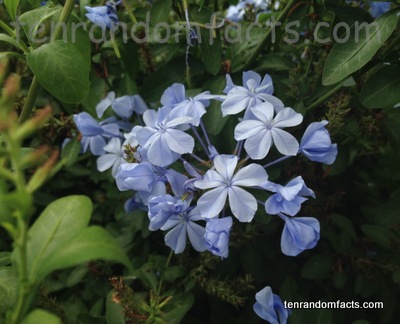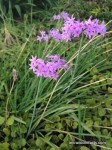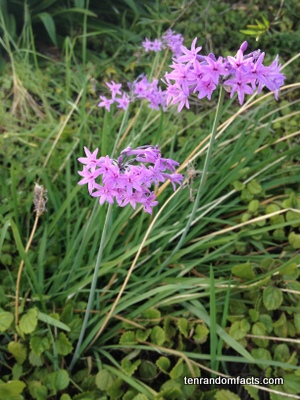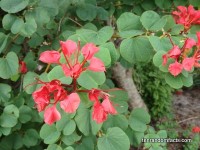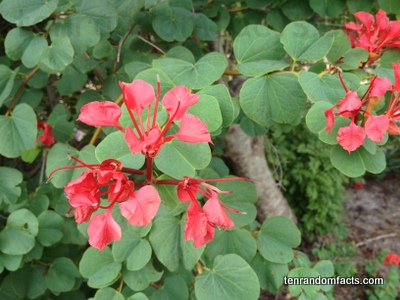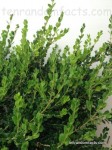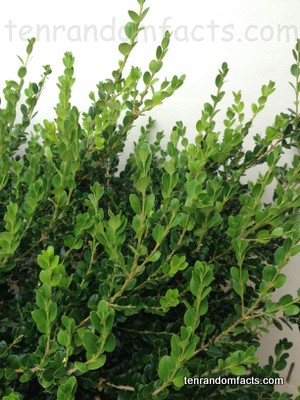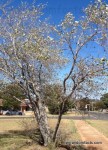
White poplars are very popular.
- White poplars are deciduous trees from the poplar species and are native to central Europe and Asia.
- White poplars were originally known as ‘abeles’ and are also known as ‘silverleaf poplars’ and ‘silver poplars’.
- The scientific name for white poplars is ‘Populus alba’ and is from the family Salicaceae, the family of willows.
- White poplars are quick growing trees and grow best in sunny areas and in moist soil.
- White poplars grow to be a height of 16 to 27 metres (52.5 to 88.6 feet) and have leaves that are green on the top side, and are white and furry underneath, making it an eye-catching tree.
- White poplars have greenish, greyish and whitish trunks that can have a notable pattern of dark coloured diamonds, although as the tree ages, the trunk can be quite rough and dark coloured.
- White poplar flowers are up to 8 cm (3 inch) long cylindrical clusters known as ‘catkins’, with the female flowers being a yellow green colour, and the males are grey boasting a red stigma, and each tree only grows one gender of flower.
- White poplars have been introduced into North America, South Africa and Australia, and in some states and countries have become invasive.
- White poplar bark contains a chemical called salicylate, that can be used in aspirin medicine, and the bark can have yellow die extracted from it.
- The inner bark and leaves of white poplars can be eaten, either made into a flour for bread or eaten raw, but they are not commonly used.
Bibliography:
Populus Alba – L, 2012, Plants for a Future, http://www.pfaf.org/user/Plant.aspx?LatinName=Populus+alba
Populus Alba, 2013, Wikipedia, http://en.wikipedia.org/wiki/Populus_alba





